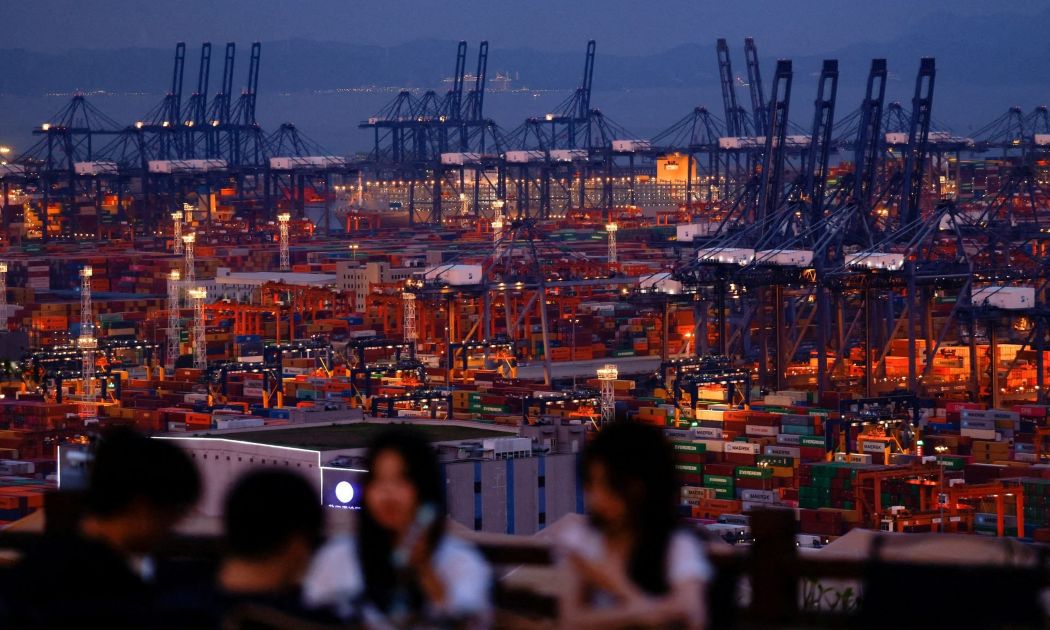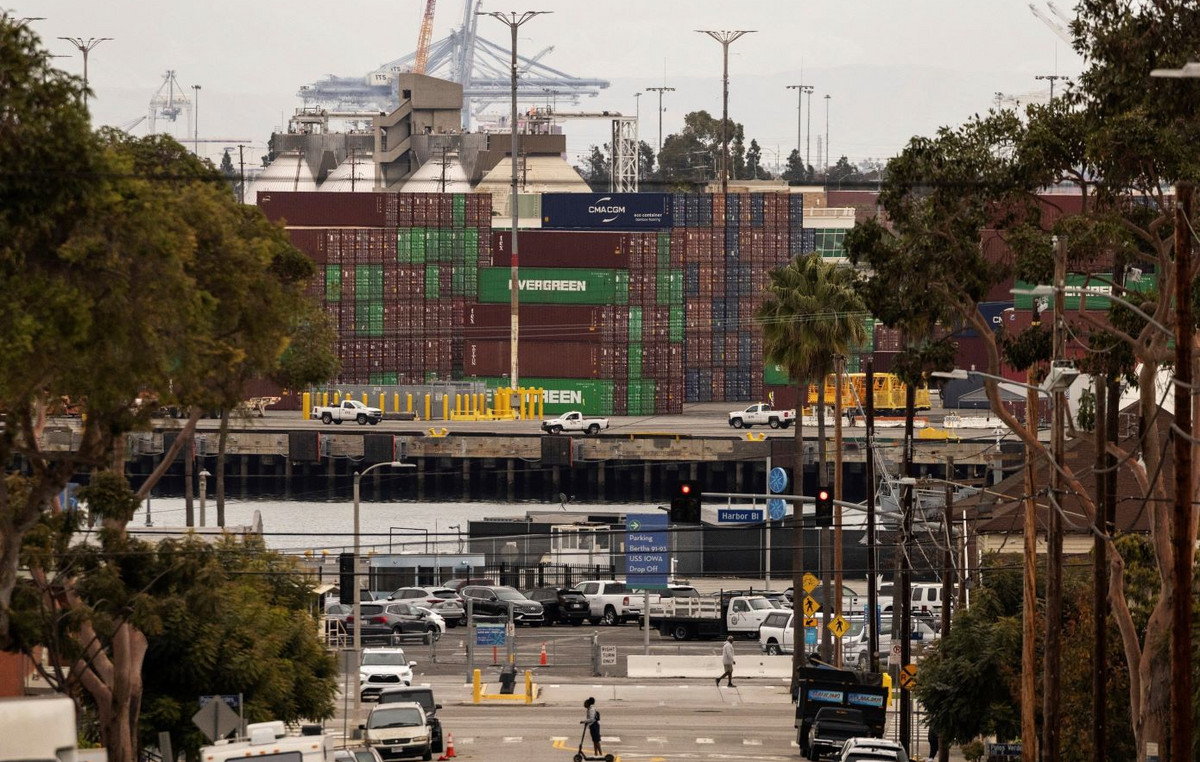Starbucks Tinkers With Pricing To Hold Ground In China: Report
Starbucks Corp. (NASDAQ:SBUX) will reportedly cut prices on select iced beverages in China by an average of 5 yuan (approximately 70 cents), the company announced on Monday.
The move comes amid rising competition and more cautious consumer behavior in the world’s second-largest economy. According to Reuters, Starbucks shared in a post on its Weixin social media account that it will begin reducing prices on dozens of beverages, including non-coffee items and Frappuccinos, starting Tuesday.
The price cuts are part of an effort to make its menu more “accessible,” with some drinks set to be priced as low as 23 yuan, or about $3.20.
Also Read: Starbucks Is Ending One Of Its Most Generous Loyalty Benefits As CEO Cuts Perks To Improve Profits
According to Reuters, China is Starbucks’ second-largest market after the United States. Still, the coffee giant is facing increasing pressure from local competitors and a slowing economy.
A source familiar with the matter told Reuters that Starbucks’ pricing strategy is not a reaction to competitive pressure but a move aimed at attracting more afternoon customers. Despite previously stating it would not engage in a price war, Starbucks has introduced smaller drink sizes and issued coupons to appeal to a broader consumer base.
In late May, the company reportedly explored a potential stake sale in its China business, seeking a valuation of several billion dollars. Starbucks approached tech firms and private equity groups to solicit feedback on its operations and expansion strategy.
The initiative came as local rival Luckin Coffee (OTC:LKNCY) surpassed Starbucks in quarterly China revenue. Despite mounting challenges, Starbucks reiterated its commitment to long-term growth in the Chinese market.
Starbucks Stock Prediction For 2025
Equity research analysts on and off Wall Street typically use earnings growth and fundamental research as a form of valuation and forecasting. But many in trading turn to technical analysis as a way to form predictive models for share price trajectory.
Some investors look to trends to help forecast where they believe a stock could trade at a certain point in the future. Looking at Starbucks, an investor could make an assessment about a stock's long term prospects using a moving average and trend line. If they believe a stock will remain above the moving average, which many believe is a bullish signal, they can extrapolate that trend into the future using a trend line. For Starbucks, the 200-day moving average sits at $95.71, according to Benzinga Pro, which is above the current price of $89.64. For more on charts and trend lines, see a description here.
Content Original Link:
" target="_blank">

































































